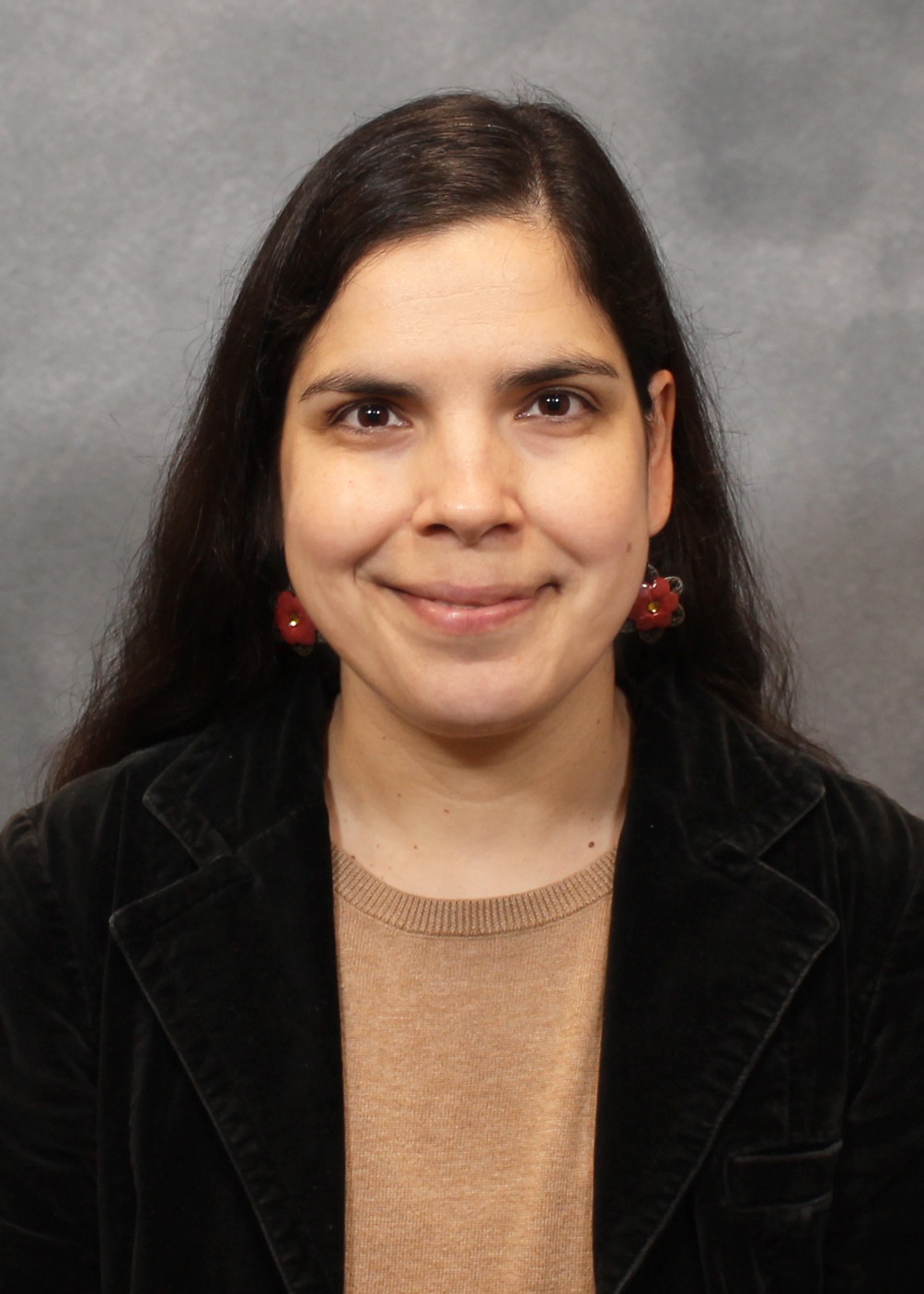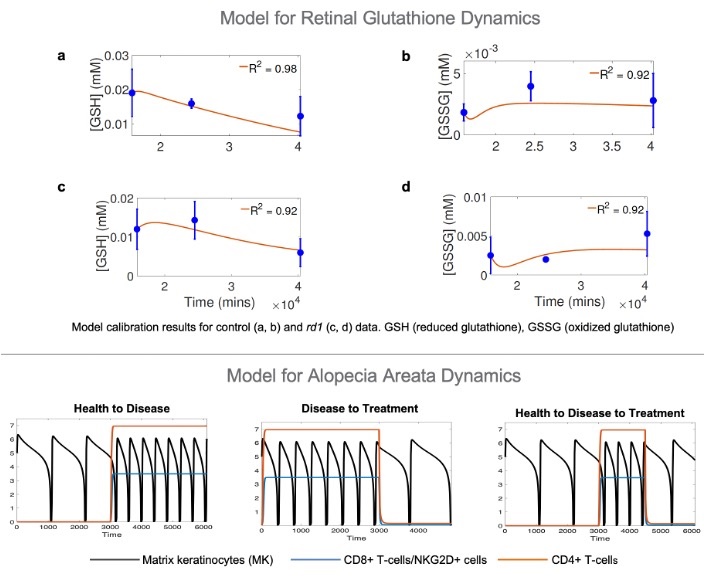Atanaska Dobreva, PhD

Assistant Professor, Department of Cellular Biology and Anatomy
Assistant Professor, Department of Mathematics
1201 Goss Ln, Augusta, GA 30912
Office: GE 2022
Email: adobreva@augusta.edu
Research
My research uses an interdisciplinary approach connecting experimental data with a
variety of mathematical and statistical tools, such as modeling, sensitivity and uncertainty
analysis, parameter estimation and optimal control in order to generate deeper understanding
of immune and physiological processes and interactions and to help answer questions
of clinical relevance regarding disease management and treatment. Currently, my main
areas of investigation include: i) processes of cells in the eye, and ii) autoimmunity.
- In the realm of eye research, I focus on studying metabolic and antioxidant dynamics
in the retina, the layer in the eye housing the light-sensitive cells responsible
for vision, called photoreceptors. My work involves developing mathematical models
for retinal metabolism in order to examine how interactions among key processes for
resource supply, metabolic operations and energy production affect the vitality of
retinal cells. This provides insight into the role of metabolites under shortage of
nutrient or energy resources, which may elucidate mechanisms resulting in retinal
diseases that lead to vision loss. Oxidative stress also plays an important role in
the development of retinal diseases, as toxic reactive oxygen species, created due
to exposure to light, high oxygen level in the eye blood vessels, and the high metabolic
activity in the retina, interfere with the processes of retinal cells. Through mathematical
modeling, I study the dynamics and interactions of reactive oxygen species and the
glutathione antioxidant system in the retina. For model calibration and validation,
we use experimental data from mice (see top figure panels). Findings from model analysis
help to identify mechanisms with the highest potential impact, which could be translated
into interventions for retinas severely affected by oxidative stress.
- In the area of autoimmunity, I investigate the autoimmune hair loss disease alopecia
areata, which has no cure, and current therapies fail in many patients. Alopecia areata
presents with distinct spatial patterns (round or oval hairless patches) and occurs
as the immune system attacks hair follicles, disrupting their cycle through phases
of growth, regression and rest, and severely reducing the duration of hair growth.
My work develops mathematical models for processes involved in hair growth and their
interactions with the main immune mediators driving the disease. Model simulations
demonstrate disruption and shortening of the hair growth phase in response to the
immune attack aimed at hair follicles (see lower figure panels). My study of alopecia
areata also involves tackling questions about the design of observational studies
that can inform the autoimmune hair loss models, so they can be used for in-silico
examination of patient-specific disease presentation and response to therapies.

Education
Ph.D. Mathematics, Florida State University, 2018
M.S. Mathematics, Florida State University, 2014
B.A. Mathematics and Economics, Marymount University, 2010
Postdoctoral Training
Postdoctoral Research Scholar, Arizona State University, July 2020 - June 2022
Research Training Group Postdoctoral Scholar, North Carolina State University, July 2018 - June 2020


